Let's dive into the strange saga of Jennifer Ringley and JenniCam—a pioneering yet obscure chapter in early internet history that, for better or worse, helped lay the groundwork for the live-streaming culture we know today.
The Accidental Internet Star: Jennifer Ringley
In 1996, Jennifer Ringley was a 19-year-old college student studying at Dickinson College in Pennsylvania. She was like any other student, except for one unique distinction—she was about to become one of the first people to live-stream her life on the internet, long before "influencer" was a term or social media existed.
The concept was simple, yet revolutionary for its time. Jennifer set up a webcam in her dorm room and broadcasted her life 24/7. The idea wasn't to create a spectacle; it was born out of her curiosity about what would happen if she offered the world a window into her everyday life. And so, JenniCam was born on April 3, 1996.
A Window into the Ordinary
What made JenniCam different from today's curated social media content was its raw, unfiltered nature. The webcam captured everything—Jennifer studying, hanging out with friends, eating, sleeping, and even intimate moments. There was no editing, no posing, and no strategic content planning. It was as real as it got.
Back then, the internet was still a frontier of anonymity, but JenniCam was the antithesis of that. Viewers could watch the mundane aspects of her life, and that was the allure. It wasn't sensationalized; it was life, unedited. Visitors to the site could see a new image every three minutes, creating a kind of stop-motion narrative of Jennifer's daily existence. Over time, the site grew, and so did the number of cameras, capturing different rooms and different angles of her life.
The Ethics of Voyeurism
As JenniCam gained popularity, it also sparked a debate about privacy, consent, and the ethical implications of voyeurism. Jennifer wasn't a celebrity or performer—she was just a regular person who had chosen to share her life with the world. And yet, people became obsessed with watching her every move, creating a kind of proto-reality TV experience.
The site received millions of hits per day at its peak, and Jennifer became a reluctant internet celebrity. But with this fame came the darker side of the internet—trolls, criticism, and the invasion of her privacy. Jennifer faced criticism for being too exposed, while others accused her of attention-seeking. But she maintained that JenniCam was a social experiment and an art project rather than a quest for fame.
The Beginning of the End
By the early 2000s, the internet was changing. Reality TV was becoming a mainstream phenomenon, and social media was just around the corner. JenniCam, once a groundbreaking exploration of online life, started to feel dated. More significantly, Jennifer herself had grown tired of the constant surveillance.
In 2003, after seven years of broadcasting, Jennifer decided to pull the plug on JenniCam. The final straw came when PayPal, the service she used to accept donations from her viewers, changed its terms of service to ban "adult content" sites. Jennifer, unwilling to censor her life or change her approach, chose to end the experiment.
On December 31, 2003, JenniCam went dark. Jennifer Ringley disappeared from the public eye, leaving behind a legacy that was both ahead of its time and a cautionary tale about the perils of living online.
The Legacy of JenniCam
While JenniCam is largely forgotten today, its impact is still felt. It predated the rise of YouTube, Twitch, and Instagram Live, and it foreshadowed the era of influencers and reality TV stars who broadcast their lives for the world to see.
Jennifer Ringley may not have intended to become an internet pioneer, but her experiment with JenniCam was a pivotal moment in the evolution of online culture. It challenged ideas about privacy, voyeurism, and authenticity long before those concepts became central to our digital lives.
In many ways, JenniCam was a precursor to the lives we now lead online—lives where the line between public and private is increasingly blurred, and where the mundane details of our existence can be transformed into content for others to consume.

